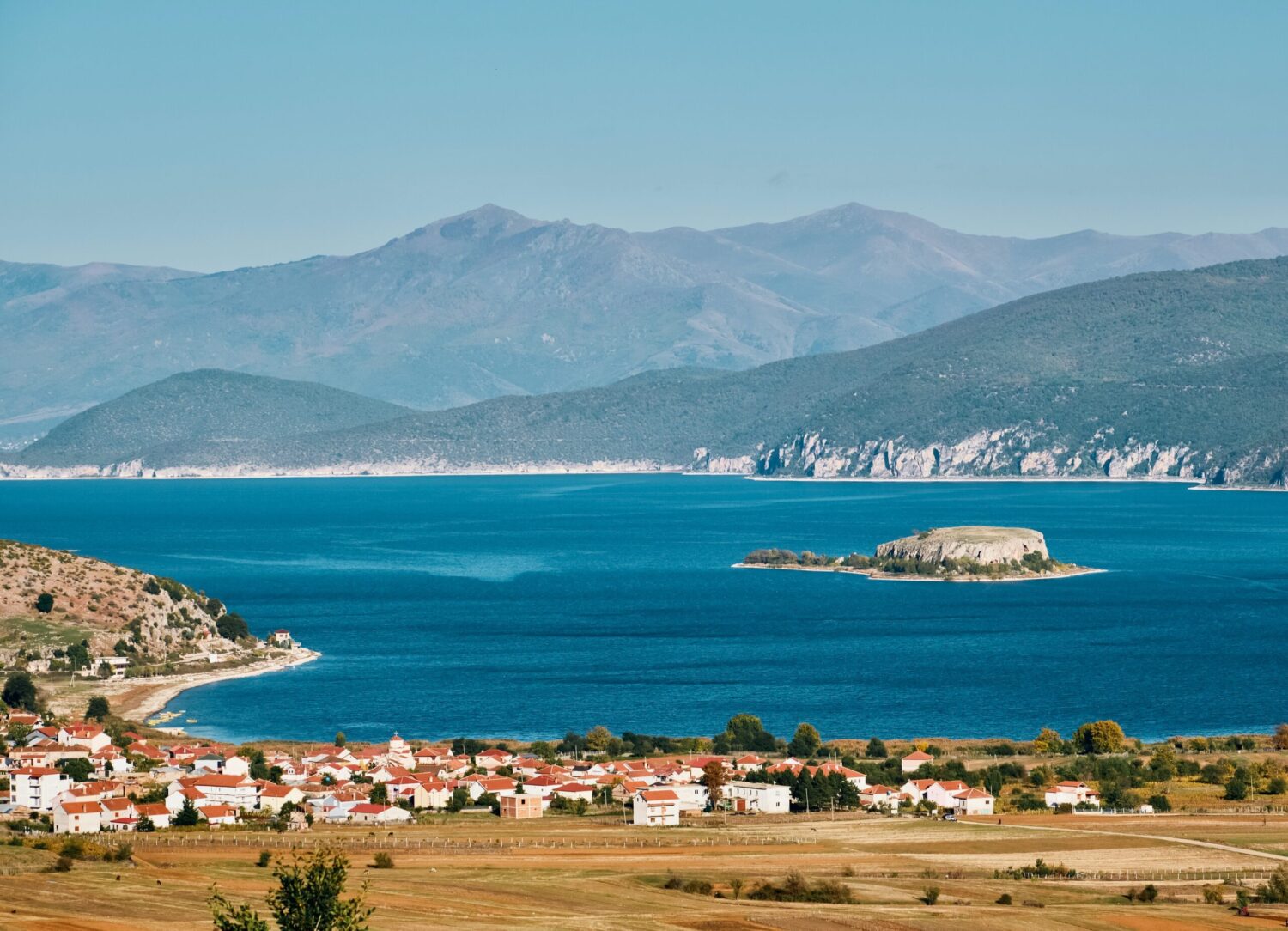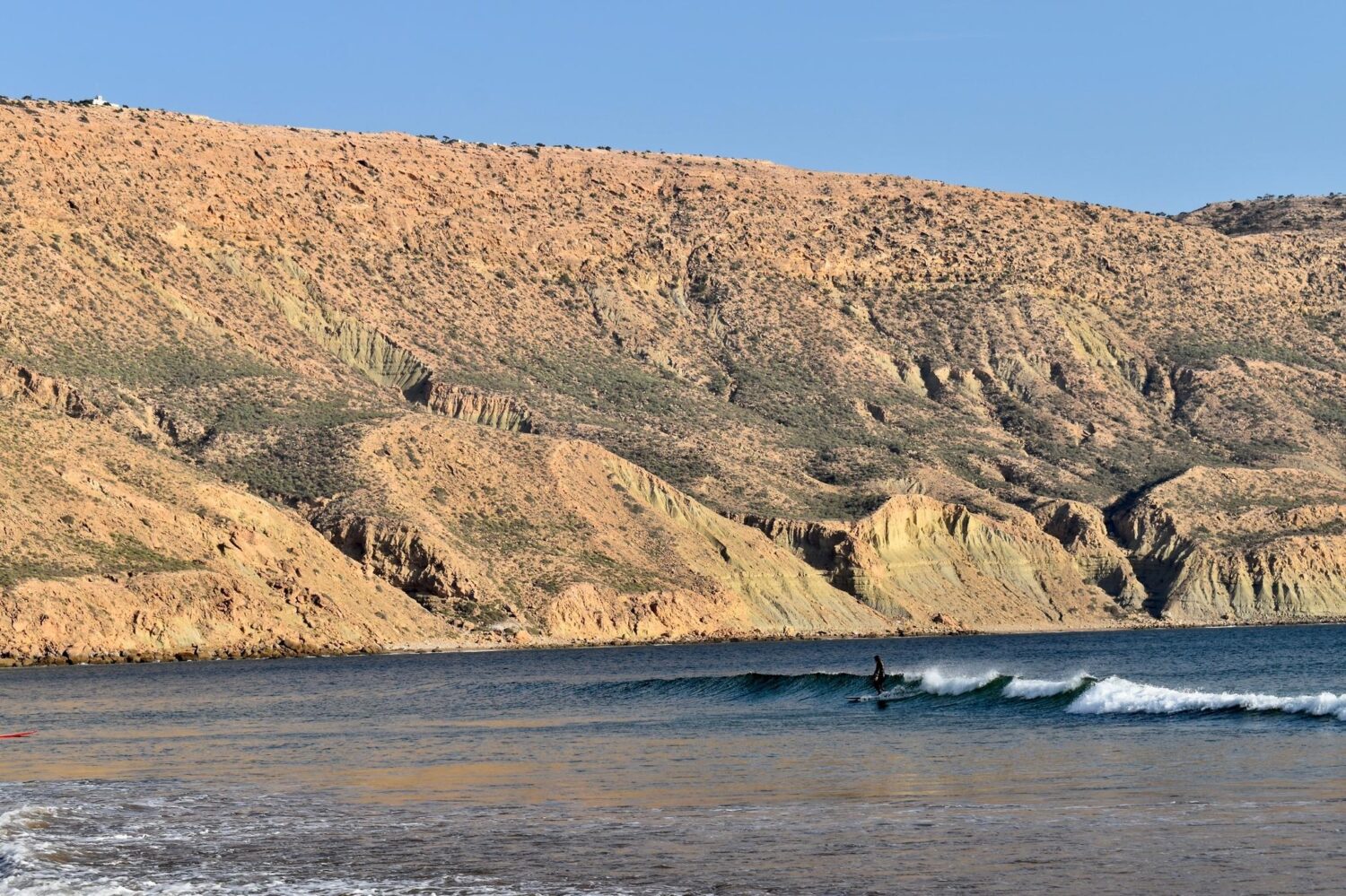More than 100 bodies were found this past April in the Shakahola Forest in southern Kenya, another form of religious terrorism. Police investigations determined that they had died from fasting to death “in order to see Jesus Christ”.
The arrest of Paul Mackenzie Nthenge has uncovered a heinous manipulation of an alleged religious leader in the heart of Africa.
Japhet Koome, Kenya’s Inspector General of Police, who realised the scale of the incident and travelled to the scene, told reporters, among other things:
We strongly condemn any form of religious organisation that promotes extremist beliefs and operates outside the confines of the law, endangering the safety and well-being of Kenyans.
And while the police say they will not rest until all those responsible are brought to justice, almost always, if the top leader has been arrested, as in this case, with his punishment, such an act is likely to make the headlines, even if the charges are terrorism and genocide.
Paul Mackenzihe, the leader of the sect, whose verbosity has led to the mass death of his followers, told the authorities when he was arrested that if they continue the excavations in the forest they will find more than 1,000 people who went to… “meet Jesus”.
It is possibly the largest sectarian massacre in history and one of the terrorist acts of unorthodox beliefs that we know of to date. However, one of the biggest concerns underlying the event is undoubtedly the lack of international coverage of the news.
There have been no images opening the news or debates on the extreme religious manipulation to which millions of people could be subjected.
The West, protected by its infallible democracies, seems to be neglecting all these people who live in atrociously manipulated, almost forgotten regions of the world.
The human rights of those induced into religious suicide seem to have no place in our daily lives, and only when recognisable elements of our society are attacked do we revolt with appeals to universal human justice and punishment.
In September 1997, a Hamas terrorist with explosives attached to his body blew himself up in the Ben Yehuda shopping centre in Jerusalem. This act was covered by news reports around the world and one of the most striking images was undoubtedly a McDonald’s restaurant whose door was blown off in the explosion.
Anyone could therefore be in danger if these emblematic establishments were attacked. Security was tightened around the world, including in the United States and Europe. The racial shootings in California and Illinois in 1999 also made Americans realise that religious terror was closer than they thought.
Religious totalitarianism itself, which, on the other hand, causes bombs to be thrown all over the world against clinics promoting the termination of pregnancy, the bombing of the Olympic Games in Atlanta or the destruction of military housing for American soldiers in Dhahran, Saudi Arabia in 1996, the destruction of a federal building in Oklahoma City, the explosion of the Twin Towers, the attacks on the satirical newspaper Charlie Hebdo in Paris, or the Madrid underground bombings, are some of the news stories that have made their way into the world’s media, perhaps because despite the infinitely smaller number of deaths, except in the case of the Twin Towers, these attacks were located in the West or were carried out against Western military structures in the rest of the world.
The link between terror and god was already in place, supported by unscrupulous media, as the end of the 20th century approached.
The end times were exploited to the hilt for the sole purpose of obtaining news revenue, which would translate into better audiences or readership and thus gain access to the biggest possible advertising pie.
Perhaps the most terrifying question was already asked by Mark Juergensmeyer, Professor of Sociology at a Californian university, in 2001 in his book Religious Terrorism when he wrote:
“In the history of religious traditions (from biblical wars to crusades to great acts of martyrdom) violence has kept its presence in the shadows. It has coloured the darkest and most mysterious religious symbols. One of the recurring questions asked by some of the great scholars of religion (including Émile Durkheim, Marcel Mauss and Sigmund Freud) is why this situation arises: why does religion seem to necessitate violence and religious violence, and why is a divine mandate for destruction accepted with such conviction by some believers?”
The phenomenon of violence is certainly not inherent to religion, but it is clearly an element to be used in sectarian discourse, as has happened in Kenya, where the prize was to be with Jesus, but first they had to fast without remission until they died.
Religious terrorism and violence against citizens in Kenya deserves our strongest condemnation, regardless of the colour of their skin or their beliefs. I encourage the media to create spaces for debate with good professionals on an issue that continues every day to threaten the human rights of millions of people around the world.














